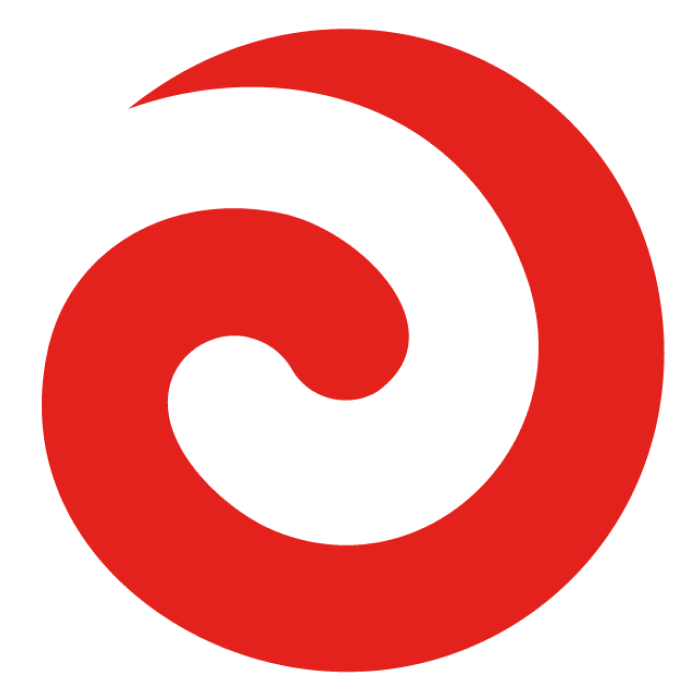The strain on New Zealand’s healthcare system is particularly felt in rural communities, but Tahuna Marae in Waiuku has embraced telehealth as a solution to bridge the gap.
Traditionally, the health challenges for rural communities have been the reliance on general practitioners (GPs) moving to the area or long drives and wait times to access medical care.
TytoCare is a virtual health platform that combines an app and hardware with various attachments to check vitals, ears, and throat and listen to heart and lungs in order for GPs to conduct remote examinations. AI enhancements use algorithms to help detect abnormalities and provide real-time insights for accurate diagnoses.
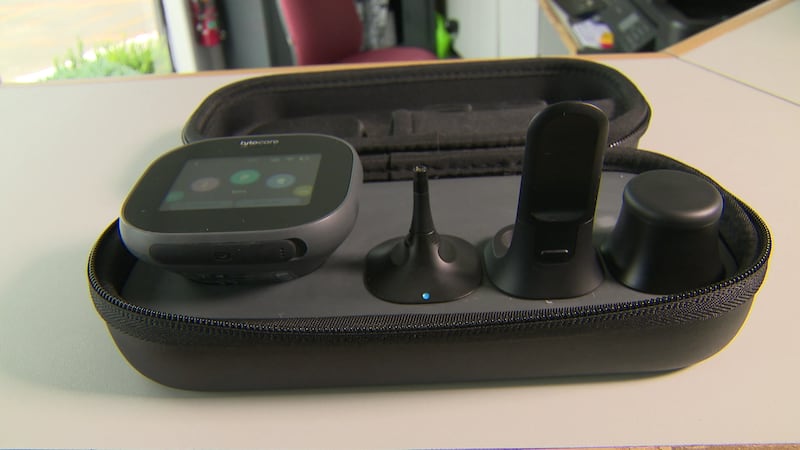
It can be set up in the homes, at marae, medical centers, or community hubs, allowing patients to connect with GPs from anywhere in the world.
Whakamanahia te whānau ki ngā hua o te mātauranga
Kua roa te marae o Tahuna e noho ana hei pou whakawhirinaki mō tēnei hapori. Ka mutu, ko te tarahiti o Health Through the Marae, he kauwaka i whakaturia e Tahuna Minhinnick i te tau 1990.
Ahakoa i hinga a Minhinnick i te tau 2016, kei te ora tonu te whāinga, mā te whānau tonu tō rātou hauora e hāpai.
I ngā rā o mua, i haere atu te rata arowhānui ki te marae i ia wiki, heoi anō, nō te pakarutanga mai o te mate kowheori, kua heke te manawa ū i te hapori. Ka mutu, he mea kite e ngā kaitaka rongoā, ā, hei tā rātou, kei muri i te awe māpara, he take kē.
E ai ki te toihau o Health Through the Marae, ki a Piritania Minhinnick, nō rātou e kōrero ana me ngā whānau, i taka rā te kapa ki te pīnati, ko te mahi ngātahi te rautaki me whai i a rātou.
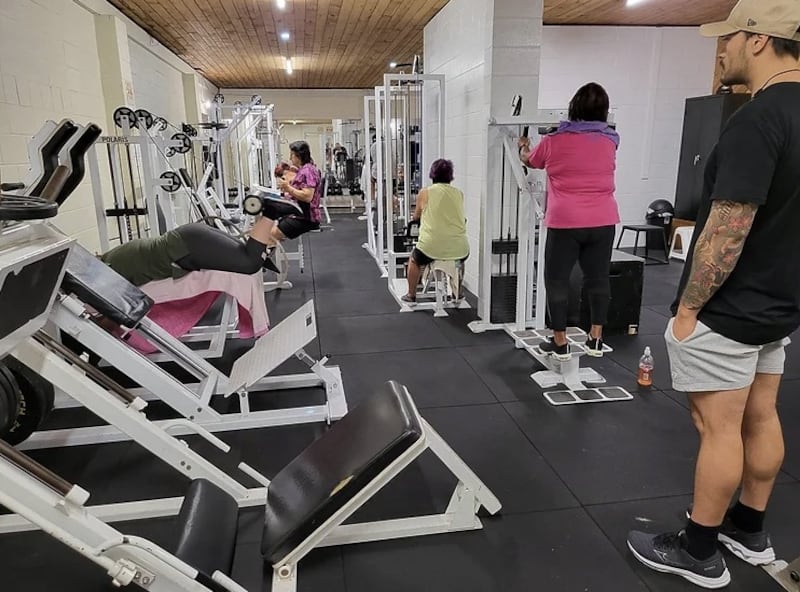
Tyto addressing healthcare gaps in accessibility
One of the key benefits of TytoCare is the potential to address New Zealand’s ongoing shortage of doctors.
Adam Benko, Director of Virtual Medical Solutions, the New Zealand distributor for TytoCare, explains, “In rural communities, the traditional model of relying on doctors to relocate is no longer sustainable. TytoCare allows us to expand access to medical professionals by connecting patients with a broader workforce.”
This technology not only solves the issue of access but also offers convenience. Patients no longer have to spend hours driving to clinics or urgent care centers. Instead, they can be examined in the comfort of their own home.
While the current model focuses on primary care, the next step for Tahuna Marae is to incorporate secondary care providers into consultations. This would allow whānau to access specialist care remotely, reducing the need to travel long distances for appointments.
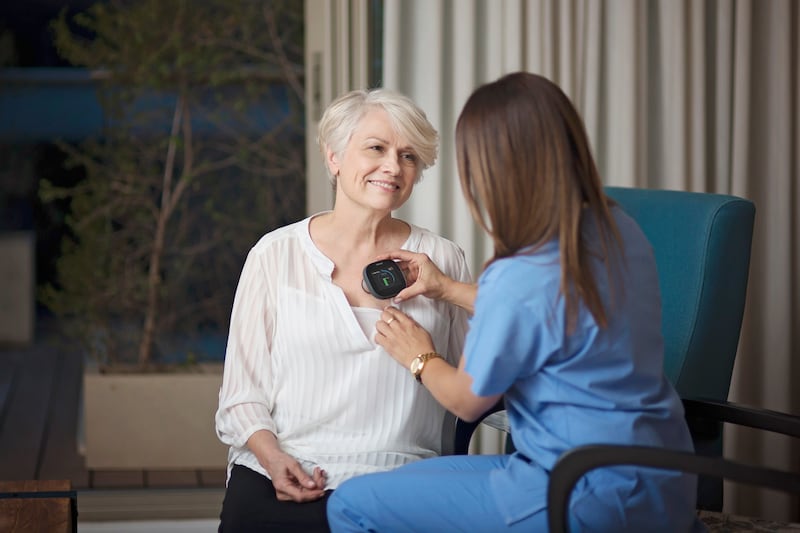
Telehealth: Doctor’s perspective
Dr. Gillian Kearon, a virtual GP working with TytoCare, has seen firsthand how telehealth can improve the healthcare experience.
After 12 years of practice in New Zealand, Dr. Kearon turned to telehealth when she moved to Brisbane to be closer to whānau, while also wanting to utilise her 17 years of experience with New Zealand’s healthcare system.
Kearon said consistency of care is important, but in New Zealand, it’s common for doctors not to stay in the same place for long, but with TytoCare she can see her patients whether she’s in Brisbane, Ireland visiting family, or on holiday in Bali.
Telehealth also offers patients the privacy to discuss sensitive issues more comfortably. Many have found it easier to speak openly about their health, knowing they won’t run into their doctor in public.
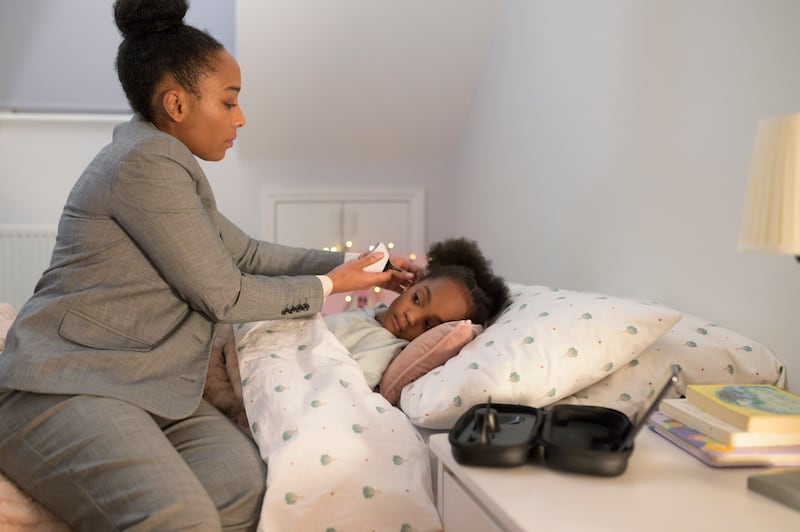
Te huarahi hauora e takahia nei e te whāea me tāna tamaiti
E ai ki a Caitlin Pirini, he ao hōu a TytoCare kua mahuta ake i te pae. E ono tau te pakeke o tāna tamaiti, ka mutu, he roa nōna e pākia nei e te mate tauroa ki te taringa, ā, i a ia e pēpē noa iho ana, i pokaina ia.
Me te aha, kāore tāna tamaiti e pāhekoheko ana ki ngā tākuta me ngā nēhi. Heoi anō, ināianei nā, e harikoa katoa ana ia, nā te mea ko tana māmā tonu tērā kei te whakamātautau i a ia.
Hei tā tākuta Kearon, mā te taputapu nei e wātea ai ngā kaiako Kōhanga Reo ki te hari i ngā tamariki ki te whare haumanu ki te āta tirotiro i te tohu mate o te tamaiti.
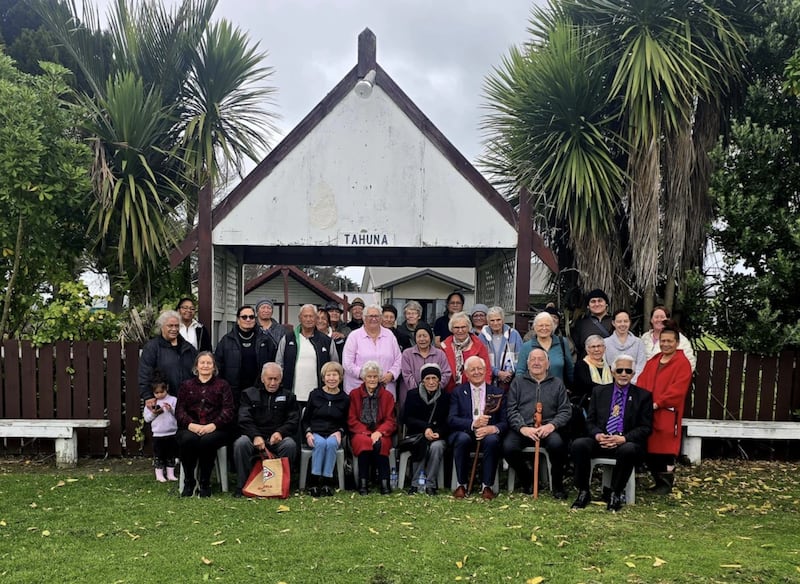
Looking toward the future: Building a healthier Aotearoa
“Imagine if we could get into every household in the motu; that would make a huge difference in whānau deciding what their health looks like going forward,” Piritania Mihinnick said.
Mihinnick believes TytoCare can enable Māori communities to be empowered and independent, able to take charge of their health and improve their own health outcomes.
At the moment, TytoCare is provided by healthcare services that can opt to use the platform, and you can find information on that here. In the future, it could be delivered through a national service. In other parts of the world, there are over 70,000 units in the community for greater reach and accessible healthcare.

